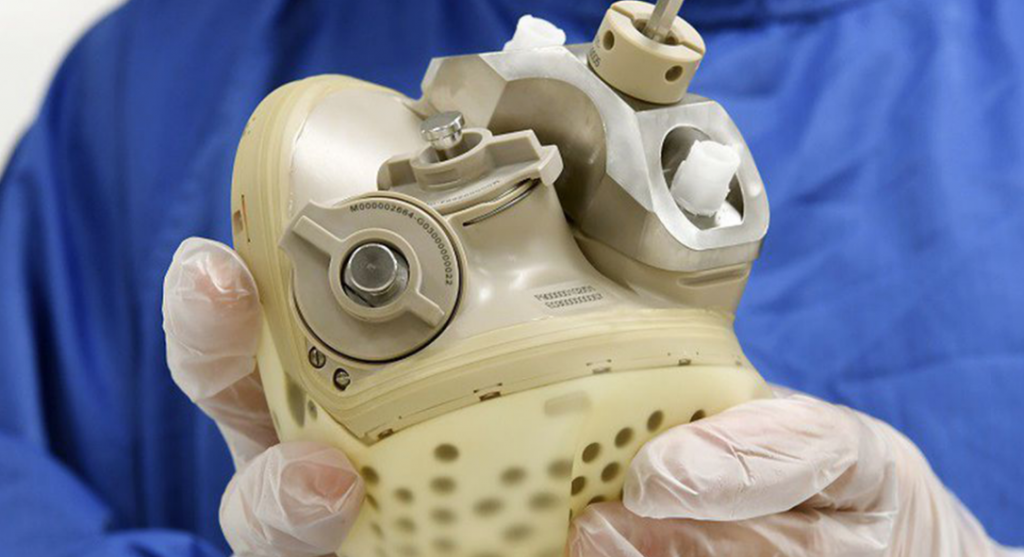
Carmat raised $66.4 million to launch its artificial heart, which has been implanted successfully in three separate operations.
Aeson®, The CARMAT Total Artificial Heart, Succeeds in Transplants Here, in Europe
After reporting about the advances made by AI and machine learning in the last three years, the story we share today may be the most astounding one of all. It falls into the category of a medical miracle, much the same as in 1967 when surgeon Christiaan Barnard performed the world’s first human-to-human heart transplant in Cape Town, South Africa.
Now comes news that an artificial heart was successfully implanted into a patient at Duke University Hospital. A completely human-designed and produced heart that runs on AI.
The artificial heart used in the transplant was created by medical technology company Carmat, which won FDA approval for human trials just last year.
This article announcing the operation originally appeared on SingularityHub by Vanessa Bates Ramirez, adopted by Peter Diamandis for his Abundance360 Community.
Not only was it successful in North Carolina it was successfully repeated a couple of days later in Italy. And it was used in Europe for a patient in Denmark
Carmat, which is based in France, received approval for its total artificial heart in late 2020. Now, half a year later, the first US patient has received one of the company’s hearts.
It’s exactly what it sounds like: a heart made of synthetic and biological materials intended for implantation into people who need heart transplants.
Carmat got approval from the FDA last year to trial its heart in US patients with end-stage biventricular heart failure, a condition where the chambers that take in and push out blood stop working properly. Duke is one of just three transplant centers in the US participating in the trials, and the surgical team at the hospital had already undergone training for implanting the device.
The patient was already using Duke hospital where he was going for a completely different ailment that was affecting his heart. And since the Duke hospital is one of only a couple of places that could do this operation it was definitely
How the Heart Works
The artificial or “robotic” heart has a chamber for hydraulic fluid and one for blood, separated by a membrane. The blood-facing side of the membrane is made of tissue from a cow’s heart, as are the heart’s four valves. A motorized pump moves the hydraulic fluid in and out of the chambers, and that fluid moves the membrane to let blood flow through.
Embedded sensors automatically adapt blood flow to a person’s needs at any given moment. For example, if a person’s exercising, then blood flow will increase.
“You remove the left and right ventricles and then place the artificial heart in its place,” said Dr. Jacob Schroder, an assistant professor in Duke’s surgery department.
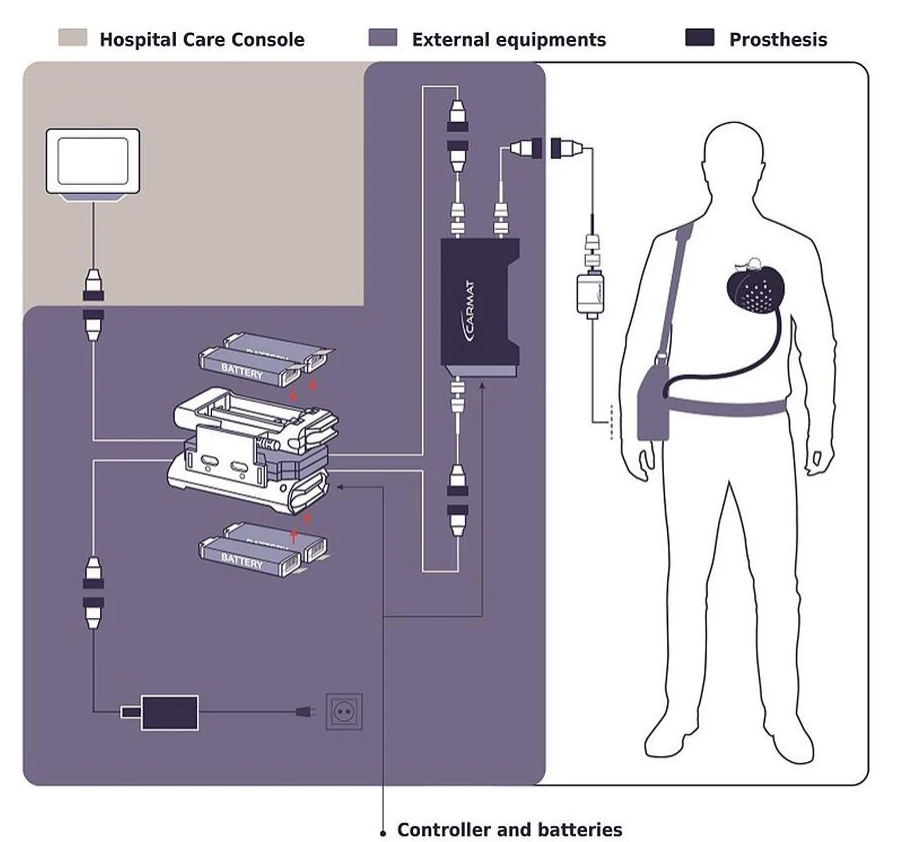
See it’s just that easy. The new heart weighs a little more than a regular heart and the patient carries a case that holds the AI-driven components. And it is able to adjust its beats per minute heart rate, which was something that was missing in earlier artificial heart concepts.
With AI being placed in automobiles, it should reduce the number of car accidents in the world. Fewer accidents equate to less need for heart transplants. Or reduce trying to rush a donated heart to a distant location. With the Carmat heart, the process will be far less dangerous and far more rewarding for heart disease sufferers overall.
read more at longevity.technology

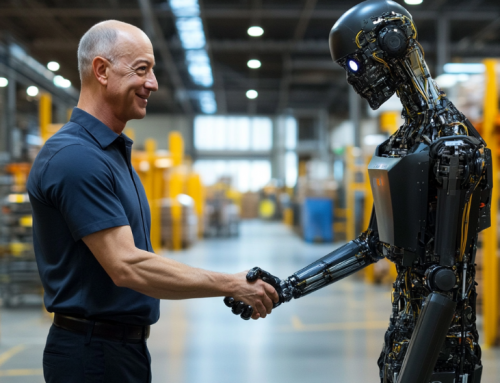
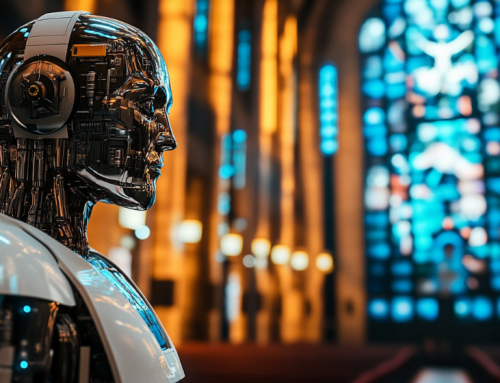

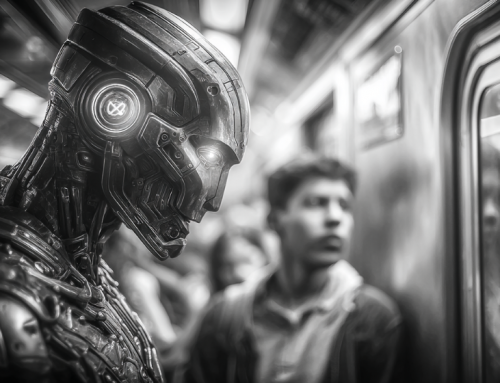


Leave A Comment